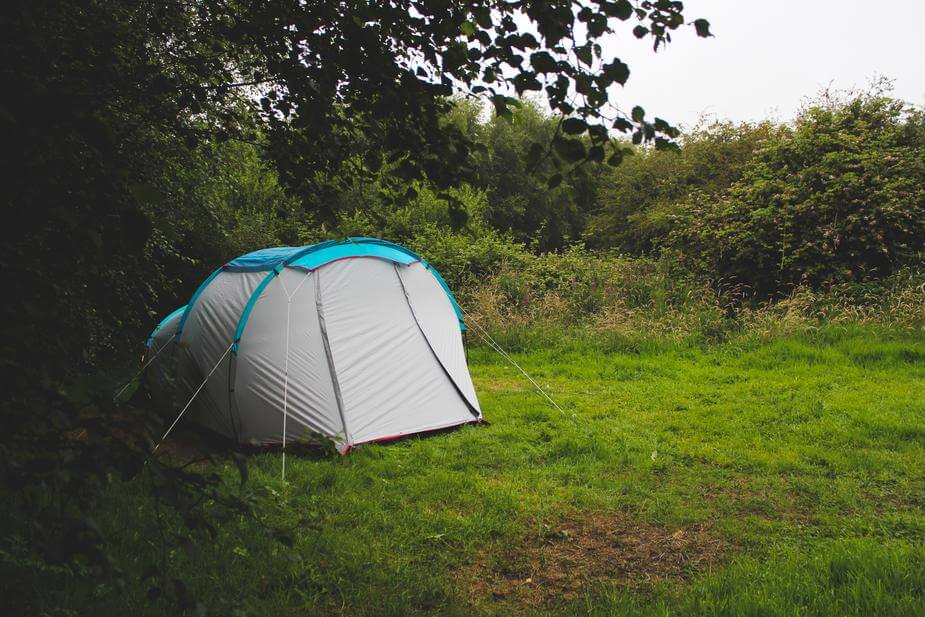Sounds and smells: When air humidity increases, sounds travel farther and smells are easier to identify - saturated moist air is like an amplifier and is a good conductor. For example, in some places can not hear the sound of trains moving, can be clearly heard before the rain on a certain day.
Physical changes: When the weather gets bad, curly-haired people will feel their hair tighten and become less combable - as with animal hair, if it becomes easily tangled or no longer as straight and easy to comb as it usually is, it will probably be a storm coming, and anyone with rheumatoid arthritis, corns, or related symptoms will feel pain and discomfort when the air humidity increases.

Observe the campfire: If the fireworks are rising steadily, it indicates that the weather will not change much and will remain fine. If the fireworks are flickering or rising and falling, there may be a storm.
When the weather is good, the temperature difference between the day and night changes greatly, and the water vapor that meets the cold air turns into small droplets or frost, so the colder it is at night, the better the weather will be the next day, there is dew at night, the weather will be good the next day, if you see water droplets on the cobwebs in the morning, the sky will clear up, and if you see frost in the morning, it is a sign that it will be a good day again

- the wind blows from the valley top to the valley during the day and from the valley to the mountain top at night
- Silky clouds appear in the morning, and then dark clouds increase and sink slowly
- The clouds travel quickly and have a tendency to increase, which is a precursor of a storm
- Sudden change of wind direction, and blowing more and more, accompanied by dark clouds blowing
- After the dry heat or fog, visibility suddenly turns better
- Early morning fog full of valleys, until the evening still does not dissipate
- A large halo around the sun during the day and a small halo around the moon at night, which is a sign of high winds
- Starlight flickers before dawn
- The temperature increases in the evening and is very warm at night with a sultry feeling
- Rising clouds in the mid-valley may be a sign of an approaching storm



